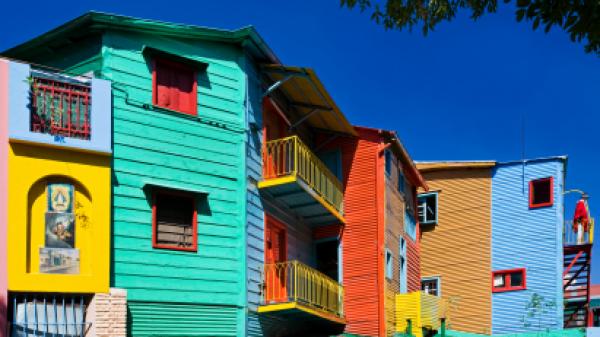Backlash Against Argentina’s Daylight Saving
There has been local backlash against the Argentinean government’s decision to utilize daylight saving time in its efforts to save energy.

Backlash Against Argentina’s Daylight Saving
©iStockphoto.com/Nikada
Argentina moved its clock forward by one hour as part of an energy saving plan on December 30, 2007. In protest, the San Luis province reverted to its original time nearly one month later, setting it one hour behind the rest of the country. The time zone difference also generated complaints from some travelers.
San Luis – One Hour Behind
When Argentina’s national government recently decided to move the clock forward by one hour, not all locals supported this decision. The San Luis province pushed the clock back to its original time on January 21, 2008, putting it one hour behind other provinces.
The San Luis local government said its decision to not use the extended daylight saving hour proved to be beneficial for the province. According to government officials, San Luis was one of the provinces that achieved the most energy savings in the last week of January, after it reverted to its pre-daylight saving time.The San Luis government claimed it consulted with various sectors of the community, including the business sector, in its decision to revert the clock one hour behind the rest of Argentina. The province’s Deputy Governor Dr Jorge Luis Pellegrini believed the national government’s daylight saving change did not allow for energy savings. He also said the province would take appropriate measures to use the energy efficiently.
Impacts on Travelling
The San Luis province was not the only critic of Argentina’s daylight saving extension. There were a few complaints from travelers who booked transport tickets to Argentina prior to the time zone change and received mixed information on flight schedules.
However, companies such as Aerolineas Argentinas accommodated for the change by modifying schedules or issuing new ones for travelers. A spokesperson from Aerolineas Argentinas said the airline informed passengers on schedule changes and provided a 24-hour call centre. “We advise passengers that the time in San Luis is one hour behind compared with the rest of the country. In the case of San Luis, passengers are generally happy about being informed,” the spokesperson said.“Not all passengers can always be contacted regarding flight schedule changes, but we do our best to ensure that they are informed of schedule changes. We also try to provide a connecting flight for passengers to get to a destination on time, if necessary,” he said. “It is awful for passengers to stay at an airport or to sleep at an airport because their luggage is delayed in a transition or if there is a problem with their flight schedule. Aerolineas tries not to make too many schedule changes. We are always looking at ways to do things better.”timeanddate.com tried to contact a few bus companies in Argentina but has not received a response.
Background
Argentina's Congress approved the daylight saving change as part of a broader government plan to conserve energy as the demand for power increases. It also planned to implement a package of measures, such as modernizing electrical systems and implementing new guidelines for working hours as part of its goal towards energy efficiency. These measures aim to achieve a reduction of emissions of carbon dioxide and other greenhouse gases, and to increase efficient energy use. The national government plans to turn the clock back to its original time on March 16, 2008.
Dates of daylight saving time 1985–2008
These are the dates Daylight Saving Time started and ended in San Luis, Argentina only.| Year | Start date | End date | Daylight duration |
|---|---|---|---|
| 1974 | Jan 23 | May 1 | 14 weeks |
| 1988–1989 | Thursday, December 1, 1988 | Sunday, March 5, 1989 | 13 weeks and 3 days |
| 1989–1990 | Sunday, October 15, 1989 | Wednesday, March 14, 1990 | 21 weeks and 3 days |
| 1990–1991 | Monday, October 15, 1990 | Friday, March 1, 1991 | 19 weeks and 4 days |
| 1999–2000 | Sunday, October 3, 1999 | Friday, March 3, 2000 | 21 weeks and 5 days |
| 2007–2008 | Sunday, December 30, 2007 | Sunday, March 9, 2008 | 10 weeks |
| 2008–2009 | Sunday, October 12, 2008 | Sunday, March 8, 2009 | 21 weeks |